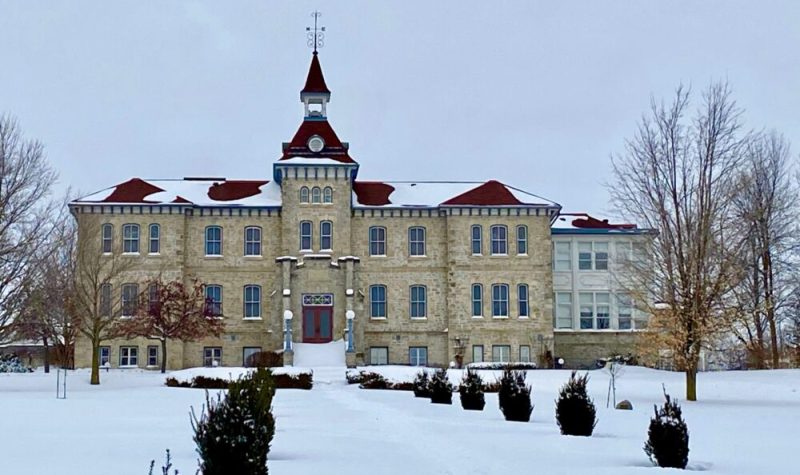Black Heritage Month at the Wellington County Museum and Archives (WCMA) looks a lot different than last year’s big event but that doesn’t mean the WCMA is letting the pandemic get in the way of them sharing stories about the Black settlers of Wellington County.
Kyle Smith, WCMA activity programmer said for this year, they are refocusing on something that they’ve already been doing, but they really wanted to put a push out to the public to get it done.
“One of those things is, we’ve had a school program for a long time, which is called, Richard Pierpoint: Historical Survivor — Black Settlement in the Queen’s Bush, which is originally designed as a Grade 7 program, but we’ve done it for all ages,” Smith said. “And, again, because of the pandemic, we’ve been doing virtual field trips, so we’ve been zooming into classrooms and giving talks about you know, just about everything.”
Smith said they’ve really made a point to revamp that specific program, which also addresses other Black settlement in the 1800s that took place in Wellington County that people often don’t know about.
Smith said there were lots of Black settlers in Wellington County in the 1800s, and based on the numbers, it was probably the second largest Black settlement of Black Canadians in the country, after Nova Scotia/Halifax.
“By about 1850, there was probably somewhere between 1,500 and 2,000 people living in what they call the Queen’s Bush settlement, which was pretty much Drayton, Glen Allan, Mapleton, that sort of area, basically anywhere north of Waterloo, [...] so a huge settlement,” Smith explained.
Smith said sometimes people don’t know that in large parts of the county, the very first settlers to come to this area were not the Scots, the Irish, the English or the Germans — they were Black Canadians.
This month, the museum has been sharing information about Black Heritage Month on its social media channels, and Smith said he created a short video available on their website about the Queen’s Bush settlement.
“That video also gives people an opportunity when the weather is a little bit nicer […], there’s two places that I visit in the video, one is a Black cemetery that people can see, the other is where a plaque is in Glen Allan, [and] they can actually visit some of these places,” Smith said.
He said if people are interested in a virtual presentation on the Black history in the area, the cost is $50 for an hour, and the presentation is interactive for groups of two up to 500.
He added that for more information about virtual presentations to call 519-846-0916, or to contact him directly by email at kyles@wellington.ca.
Kyle Smith, WCMA activity programmer:


